Wine lovers know how quickly a special collection can grow, and storing it properly makes all the difference for both flavour and value. It is wild that even a small temperature swing—just a few degrees—can ruin
the structure and taste of over 50 per cent of stored wines according to industry experts. Most people think having fancy racks or a cool cellar is enough, but storage is really about much more than looks or gadgets. The real trick is in planning, smart monitoring, and a few simple habits that protect every bottle you own.
Table of Contents
Quick Summary
| Key Point |
Explanation |
| 1. Assess Your Wine Collection Thoroughly |
Create an inventory of your wines, noting varietals, vintages, and conditions for informed storage choices. |
| 2. Maintain Ideal Storage Conditions |
Protect your wine by keeping it in a cool, dark space with consistent temperature and humidity levels. |
| 3. Organise for Easy Access |
Categorise your collection by type or readiness to streamline selection and enhance tracking efficiency. |
| 4. Invest in Proper Storage Solutions |
Choose wine racks or coolers that meet environmental needs, ensuring bottles are stored horizontally and securely. |
| 5. Regularly Monitor Wine Conditions |
Schedule checks for each bottle’s state to catch potential issues early and understand your wines better. |
Step 1: Assess Your Current Wine Collection
Before diving into wine storage solutions, understanding your current collection becomes the foundation of smart preservation. Think of this initial assessment as creating a wine inventory roadmap that will guide your storage strategy.
Start by gathering all your wine bottles and creating a comprehensive overview. Spread them out on a clean, flat surface where you can easily see and count each bottle.
Pay attention to the variety, vintage, and current condition of each wine. Are they robust red wines that require specific temperature control? Delicate white wines needing gentle handling? Or perhaps some sparkling wines that demand extra care?
Document each bottle systematically. Consider creating a simple spreadsheet or using a wine tracking app to record essential details like:
- Wine varietal
- Vintage year
- Winery of origin
- Estimated drinking window
- Current storage location
This documentation will not only help you understand your collection but also inform your storage decisions. If you’re interested in learning more about wine organisation,
check out our guide on curating your wine collection.
While cataloguing, inspect each bottle carefully. Look for signs of potential storage damage such as dried or leaking corks, label discolouration, or sediment accumulation. These indicators can reveal whether your current storage environment has been suitable.
Wines stored in suboptimal conditions might require immediate attention or careful handling.
Remember, a well-documented wine collection is a well-protected wine collection. By taking time to thoroughly assess what you have, you’re setting the stage for implementing the most appropriate storage solutions that will preserve and protect your precious wines for years to come.
Step 2: Choose the Right Storage Environment
After documenting your wine collection, selecting the perfect storage environment becomes crucial. Think of this space as a sanctuary for your wines, protecting them from potential damage and preserving their unique characteristics.
In the South African context, finding a stable storage location can be challenging due to our variable climate.
Temperature is the most critical factor in wine preservation. According to
Wine.co.za, maintaining a consistent environment between 12°C and 18°C is essential for protecting your wine’s integrity. This means avoiding areas with significant temperature fluctuations like garage spaces, kitchen counters, or areas near windows and heating vents.
Consider dedicating a specific area in your home that remains naturally cool and dark. Basement areas or interior cupboards often work best. If you don’t have a naturally cool space, invest in a wine cooler or small wine refrigerator that can maintain consistent temperatures.
Compact wine fridges are excellent for smaller collections, offering precise temperature and humidity control.
Humidity levels are another crucial consideration. Aim for a humidity range of 60–70% to prevent cork degradation. Watch for signs of potential issues:
- Dried or cracked corks
- Wine stains around cork edges
- Unusual cork protrusion
For those living in particularly dry regions, consider using a small humidifier near your wine storage area. Position bottles horizontally to keep corks moist and prevent air from seeping into the wine.
Avoid direct sunlight and strong artificial light, which can prematurely age your wines and destroy delicate flavour profiles.
Successful wine storage is about creating a consistent, protected environment. By carefully selecting and preparing your storage space, you ensure your wine collection remains in optimal condition, ready to be enjoyed at its best moment.
Step 3: Organise Your Wine for Easy Access
Organising your wine collection transforms a simple storage space into a functional and enjoyable system. This step is about creating an intuitive arrangement that not only protects your wines but also makes selection and tracking a breeze. If you are curious about more advanced wine storage techniques,
explore our comprehensive guide to building a wine cellar.
Develop a strategic categorisation system that makes sense for your collection. This could mean organising by region, varietal, vintage, or drinking readiness. Consider creating physical or digital labels that clearly mark each wine’s key details. A simple label might include the wine name, year, expected drinking window, and any special notes about storage or serving recommendations.
Physical organisation is just as crucial as documentation. Arrange your bottles horizontally to keep corks moist and prevent oxidation. If using wine racks, choose models that support horizontal storage and allow easy bottle rotation.
Wooden racks with adjustable shelving work wonderfully for South African wine collections, offering both stability and flexibility.
For collectors with growing collections, implement a clear tracking method. Use a spreadsheet or specialised wine inventory app to monitor:
- Current bottle locations
- Purchase dates
- Estimated peak drinking times
- Purchase prices
- Personal tasting notes
Consider creating separate sections within your storage area for different purposes. One section might be for wines ready to drink, another for bottles still ageing, and a third for special occasion wines. This approach prevents accidental premature opening and helps you plan future wine experiences.
Periodically review and rotate your collection. Every few months, check each bottle’s condition, update your inventory, and ensure no wines are approaching their optimal drinking window.
Thoughtful organisation is about active management, not just static storage. By maintaining a well-structured wine collection, you transform storage from a passive task into an engaging part of your wine journey.
Step 4: Invest in Adequate Storage Solutions
Choosing the right storage solutions transforms your wine preservation strategy from basic to professional. According to
Wines of South Africa, proper wine storage is crucial for maintaining quality and flavour.
Wine racks are more than just aesthetic accessories. They serve a critical functional purpose in protecting your wine collection. Look for racks that allow bottles to rest horizontally, ensuring the cork remains moist and prevents oxygen from seeping into the wine. Wooden racks made from cedar or pine offer excellent moisture control and can complement most home décors. Metal wire racks provide a sleek, modern alternative and often come with adjustable configurations to accommodate different bottle sizes.
For serious collectors or those living in regions with extreme temperatures, investing in a dedicated wine cooler becomes essential.
Compact wine fridges offer precise temperature and humidity control, which is particularly valuable in South African climates that can experience significant temperature variations. When selecting a wine cooler, consider features like:
- Dual temperature zones for different wine types
- UV-protected glass doors
- Digital temperature controls
- Minimal vibration mechanisms
- Adjustable shelving
If a dedicated wine fridge is beyond your budget, explore alternative solutions like converted beverage coolers or insulated storage cupboards. The key is maintaining a consistent environment that protects your wine from temperature fluctuations, direct sunlight, and excessive movement.
Consider your collection size and growth potential when selecting storage solutions. A modular approach allows you to expand your storage system as your wine collection grows. Start with a basic rack or small cooler and gradually build your storage infrastructure. Remember that
good wine storage is an investment in preserving the quality and enjoyment of your carefully curated collection. Each bottle represents not just a beverage, but a story waiting to be uncorked and shared.
Below is a quick options table to compare common wine storage solutions mentioned in the guide, highlighting their benefits and suitable use cases for South African wine lovers.
| Storage Solution |
Key Features |
Best For |
| Wooden Wine Racks |
Horizontal storage, moisture control, stable |
Everyday collectors, modular use |
| Metal Wine Racks |
Sleek, adjustable, modern design |
Modern homes, flexible sizing |
| Wine Cooler/Fridge |
Temperature & humidity control, compact size |
Small to medium collections |
| Dual-Zone Wine Coolers |
Different temperatures for reds/whites, UV protection |
Mixed varietal collectors |
| Insulated Cabinets |
Budget-friendly, reduces temperature swings |
Beginners, small spaces |
| Converted Beverage Coolers |
Cost-effective, repurposed functionality |
Wine on a budget, interim use |
Step 5: Monitor Wine Conditions Regularly
Regular monitoring is the heartbeat of successful wine preservation. Think of it as performing routine health checks on your liquid treasures.
Explore our wine blog for more preservation insights, where we delve deeper into wine care techniques.
Consistency is key in wine storage maintenance. Set a quarterly schedule for comprehensive wine collection inspections. During these checks, carefully examine each bottle for subtle changes that might indicate storage issues. Look for telltale signs like cork discolouration, wine seepage around the cork, or label deterioration. These can signal potential temperature fluctuations or humidity problems in your storage environment.
According to Wines of South Africa, periodic cork and seal inspections are crucial for preventing wine spoilage. Gently rotate bottles a quarter turn during your checks to prevent sediment settlement and ensure even ageing. This small action can make a significant difference in wine preservation.
Develop a systematic approach to monitoring your collection:
- Document temperature and humidity readings
- Check for any signs of cork damage
- Inspect bottle positioning and rack stability
- Review your wine inventory tracking system
Digital tools can streamline your monitoring process. Consider using wine tracking apps or creating a dedicated spreadsheet to log each inspection. Note any changes, observations, or concerns. This digital record becomes invaluable for tracking your collection’s long-term health and identifying potential storage issues early.
Remember that monitoring is not just about preventing damage but also about understanding your wines. Each inspection is an opportunity to learn about your collection, appreciate its evolution, and ensure each bottle reaches its peak drinking potential.
Here’s a troubleshooting table to help identify and resolve common wine storage issues as described in the article, making it easy to keep your collection in the best condition.
| Problem Observed |
Likely Cause |
What To Do |
| Dried or leaking corks |
Low humidity or temperature swings |
Increase humidity, stabilise temperature |
| Label discolouration |
Excess light or humidity variation |
Move to darker, more stable environment |
| Sediment accumulation |
Prolonged rest in one position |
Rotate bottles gently every few months |
| Wine stains by cork edge |
Cork drying out or leaking |
Check humidity, store horizontally |
| Cork protrusion |
Temperature spike or poor seal |
Lower temperature, inspect storage area |
| Bottle oxidation |
Too much air exposure |
Ensure corks are moist, adjust storage |
| Treat your wine storage like a living system that requires regular attention, care, and occasional gentle intervention. |
|
|
Elevate Your Wine Storage and Savour Every Sip
You have taken the first step to protecting your wine collection by learning about simple storage ideas. As a South African wine lover, you know that temperature swings and dry air can ruin a bottle before its time. Maybe you have worried about managing precious small-batch reds and whites or struggled to track what is ready to open next. Our guide showed you how careful organisation and climate control keep your wines in prime condition but even the best system relies on having the right bottles for the right moments.
Why not turn your storage space into a showcase for unique wines with real stories? At
Vinty, we offer a thoughtfully curated range of small-batch, high-character wines you will not find in big shops. Many of our customers start their cellar journey with us and return again for member-only perks or browse for inspiration in our main collection. Discover new favourites that suit both your palate and your storage plan.
Ready to build a collection that feels personal and worth protecting? Explore our range at Vinty. The best moment for a great South African wine is waiting in your cellar. Start filling it today.
Frequently Asked Questions
How should I assess my current wine collection for storage?
Start by gathering all your wine bottles and inspecting their variety, vintage, and condition. Create a comprehensive overview document or digital inventory that includes details like wine varietal and estimated drinking window to guide your storage decisions.
What temperature range is ideal for wine storage?
Maintain a consistent temperature between 12°C and 18°C to preserve your wine’s integrity. Avoid areas with significant temperature fluctuations and consider investing in a wine cooler if your home cannot provide stable conditions.
How can I organise my wine collection for easy access?
Develop a categorisation system based on factors like region, varietal, or drinking readiness. Use labels to clearly mark each wine’s details, and arrange bottles horizontally on racks to keep corks moist and prevent oxidation.
What storage solutions should I invest in for my wine collection?
Consider wine racks that allow horizontal storage to keep corks moist. If your climate poses temperature challenges, invest in a wine cooler for precise temperature and humidity control to protect your collection.
How often should I monitor my wine conditions and what should I look for?
Conduct a comprehensive inspection of your wine collection every three months. During this check, look for signs of cork damage, wine seepage, or label deterioration that may indicate potential storage issues.
What humidity level is best for wine storage?
A humidity level between 60–70% is ideal to prevent cork degradation. Use a hygrometer to monitor humidity in your storage space, and consider a small humidifier if you live in a particularly dry area.
Recommended


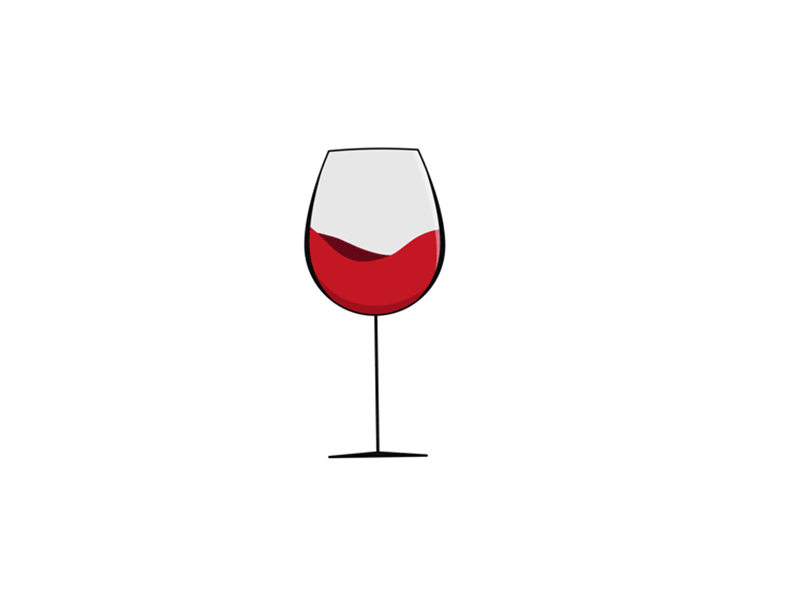
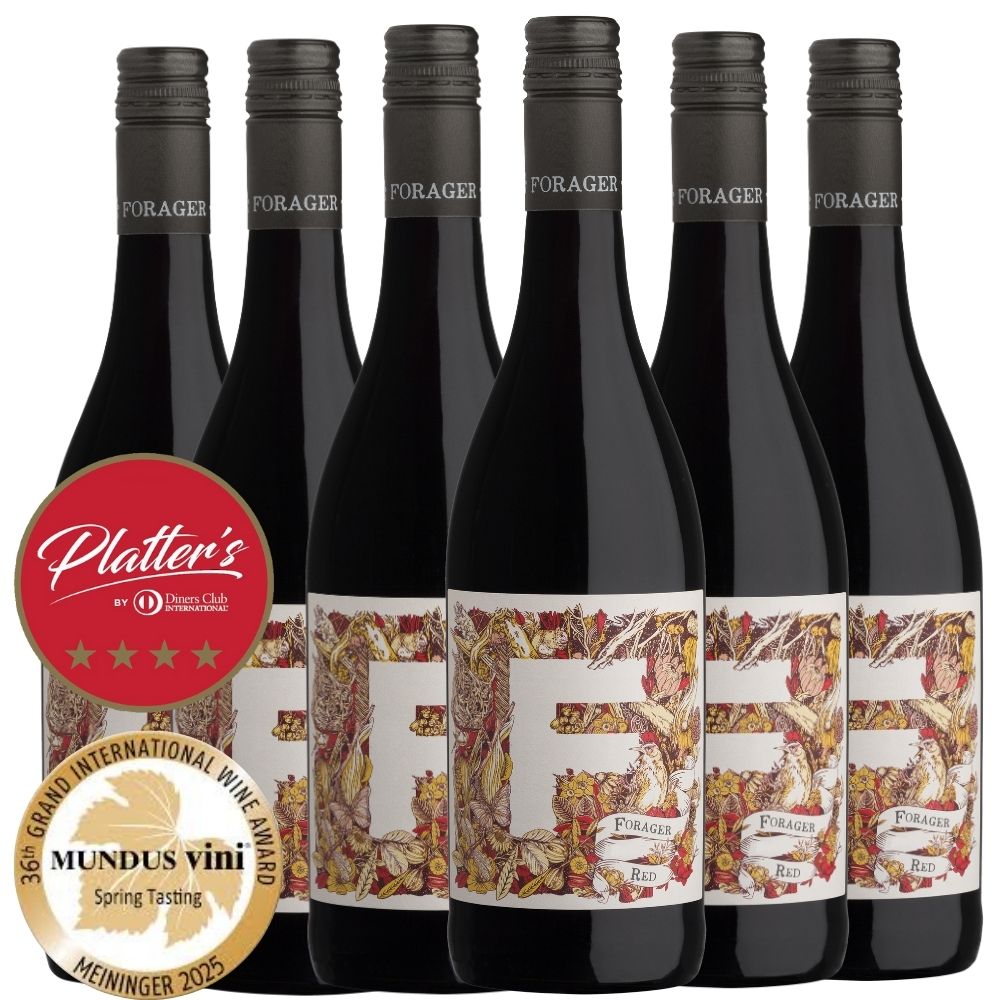
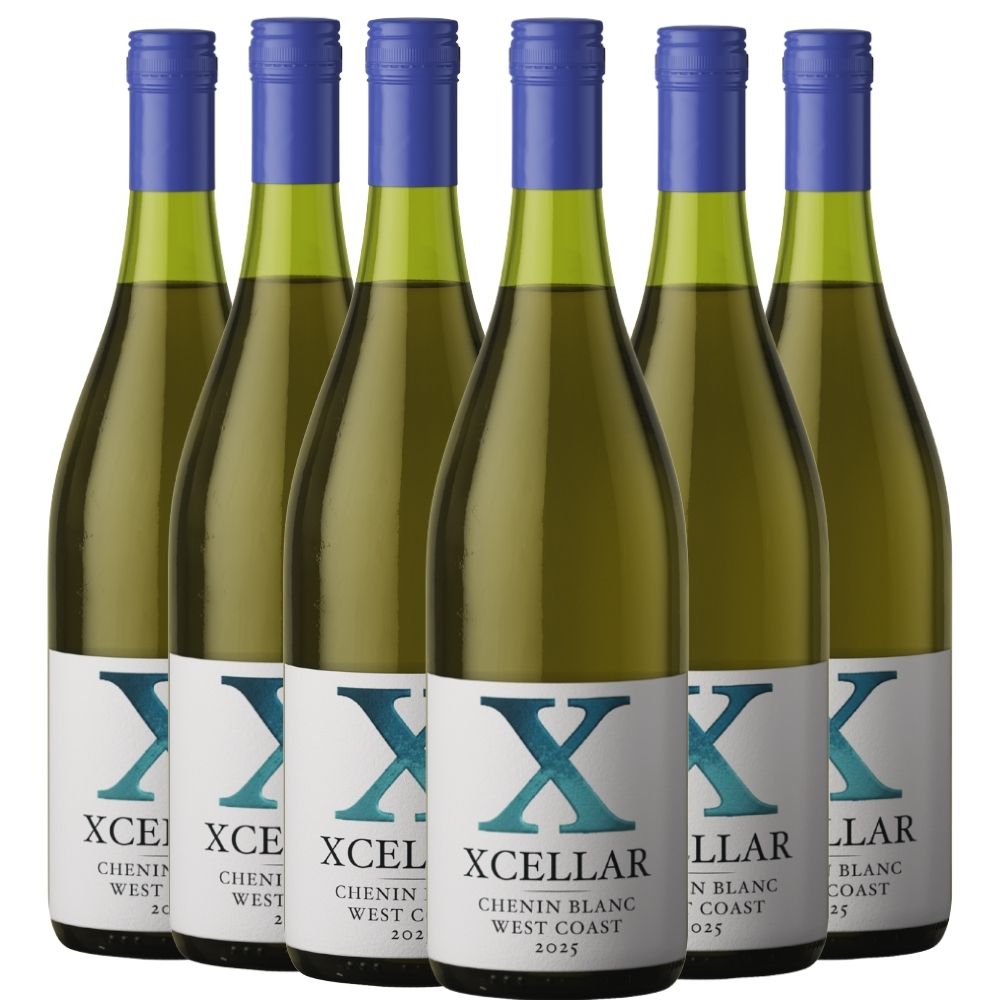

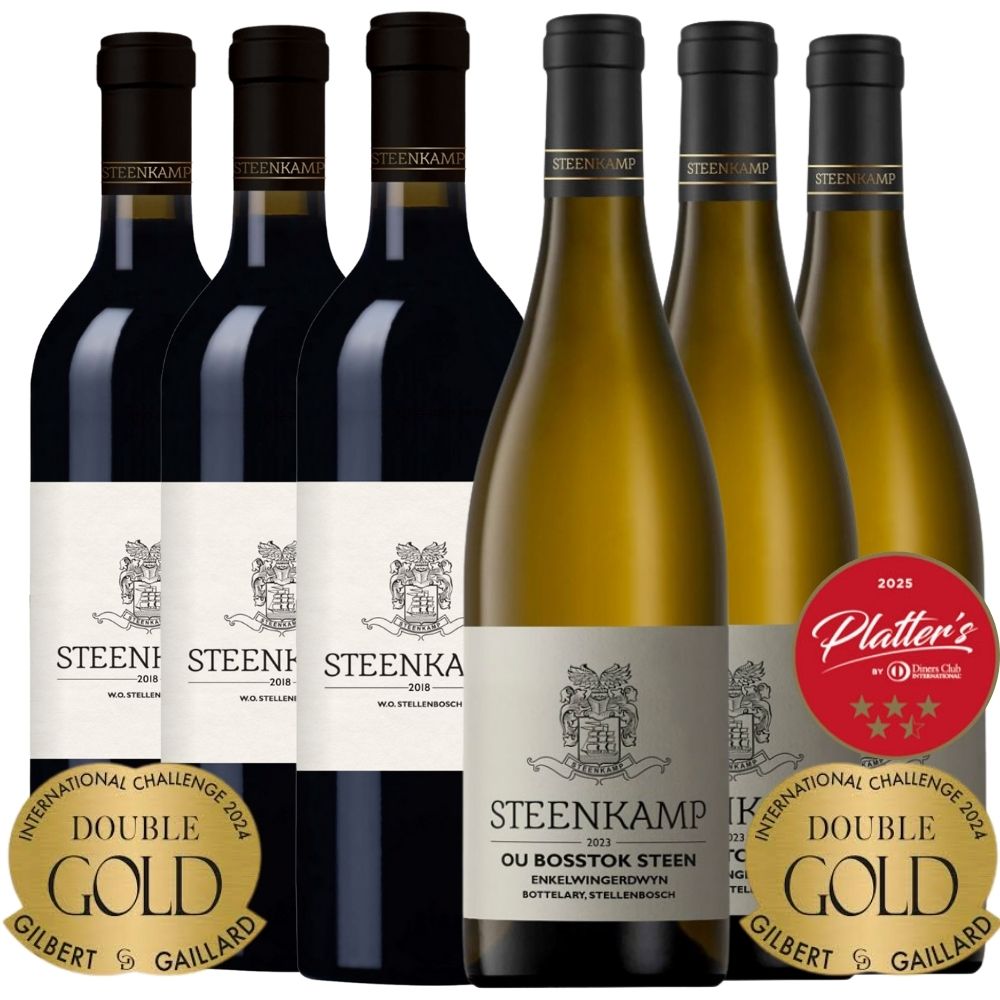
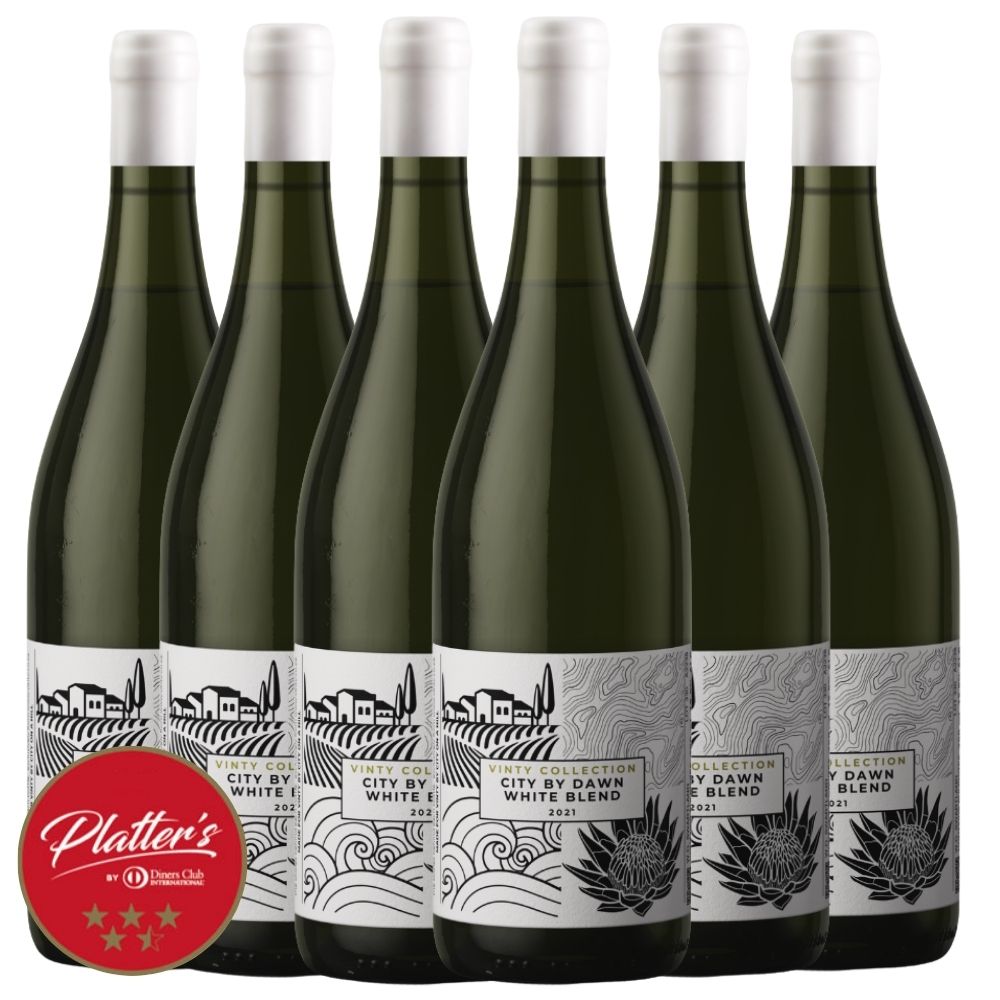
3 Comments
Experience Nassau Limousine Service with chauffeur-driven elegance. We offer Nassau luxury limo rental and private limo Nassau airport pickup, making every trip memorable through VIP limousine Nassau Bahamas solutions.
this web site is my intake, rattling wonderful design and style and perfect written content.
I like this blog so much, bookmarked.